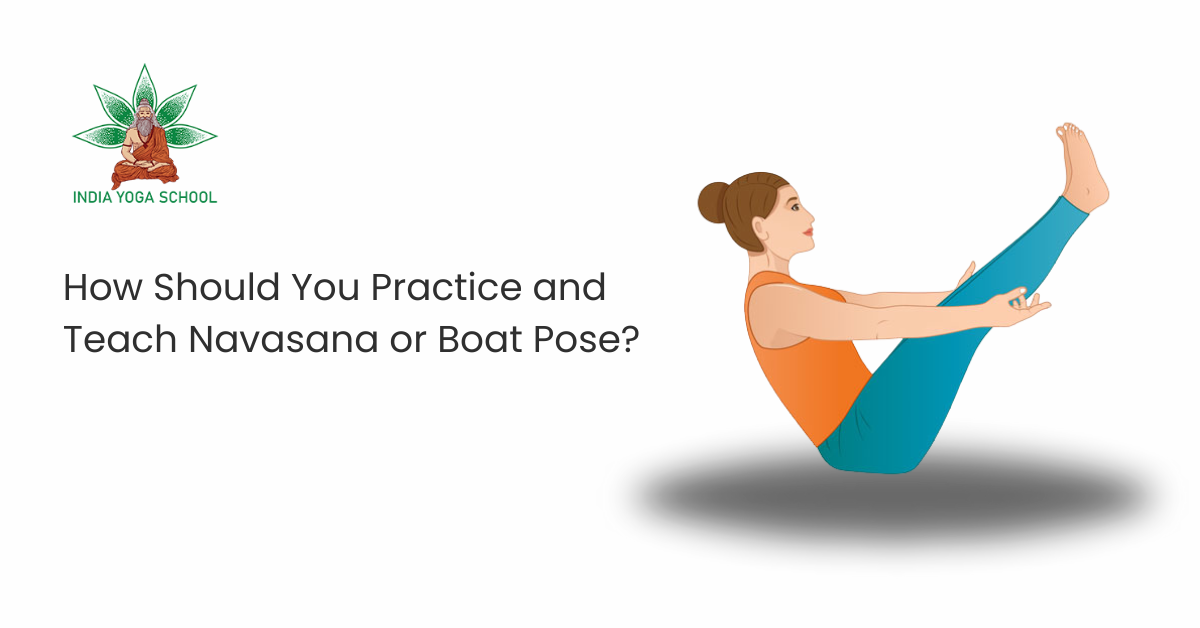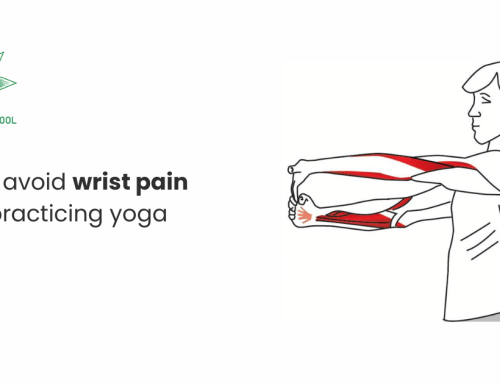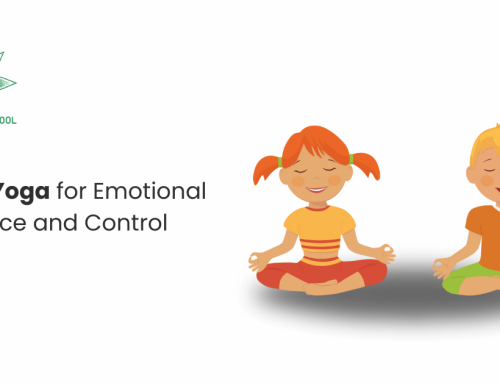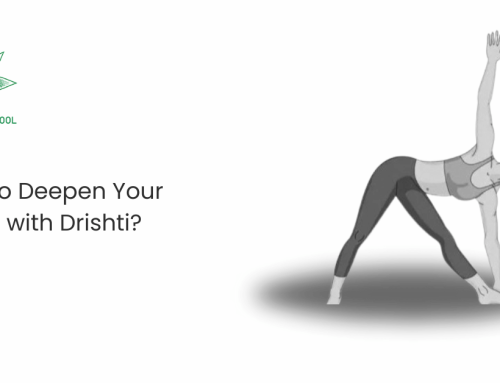Navasana, or Boat Pose in Sanskrit, is a difficult yoga posture that targets the abdominals, back, and hip muscles to strengthen the core. Navasana is a lot like bending your body in the shape of a tiny boat: you lift your torso and legs into the air while balancing on your sit bones, just like the water. Small adjustments to your weight distribution will help your body establish stability. If your motion is too large of a “wave,” your boat position will fall over!
This position can be practiced at progressively increasing levels of difficulty by yoga students since it can be modified to suit one’s level of physical conditioning.
The Fundamentals of Boat Pose
The lumbo-pelvic-hip complex supports the fundamental structures. In other words, the hip joints, pelvis, belly, and lower back. Gravity and all other forms of motion in the body have their origins in the deep core.
To keep one’s body in an upright position and one’s muscles balanced, one needs a strong and efficient core. For the neuromuscular system to work successfully in movement, stability, and balance, the core muscles must be developed and recruited correctly. A few of the deeper muscles are the diaphragm, transversus abdominis, multifidus, and pelvic floor muscles. Oblique and deep hip muscles are secondary. True core exercises target more than just the abdominal muscles; they engage every part of the core.
Muscles Engaged in the Boat Position
- If you’re looking to develop your core, hip muscles, and the muscles that support your spine, then Boat Pose is the yoga asana for you.
- Depending on the angle of the legs, the psoas and iliacus (hip muscle) muscles also play a significant role in boat position, while the abdominal muscles are mostly engaged.
- To maintain the “V” shape of the yoga pose, you need to engage your hip muscles.
- The difficulty level for the deep hip muscles increases as the legs are lowered to the floor.
- In addition to the quadriceps, the erector and spinal extensor muscles work together to keep the spine straight.
- When performed with enough stability and strength, Navasana can also aid in strengthening the connection between the sacrum, pelvis, and lumbar spine.
- The strengthening effect on the core will be amplified by breathing into the pose.
- A wonderful yoga posture to practice for better postural support is Boat Pose, which engages the muscles that connect directly with the spine.
You can also read: Satvik Diet’s Unheard Importance In Yoga
Steps for Boat Pose
- Take a seat with a block squeezed snugly between your thighs.
- Get down on all fours and plant your feet firmly on the floor.
- Get into a seated position with your hands on the floor behind you and sit up straight, making sure to sit on your sitting bones.
- Pull your chest forward through the gateways of your arms while placing your hands on the backs of your thighs, just above your knees.
- Raise your bowed leg off the floor and thrust your chest forward. Make sure your spine stays straight.
- Once you’re sure you’re steady, try raising the bending leg above the floor.
- Depose your hands and raise them parallel to the ground; alternatively, remain in this position.
- Before letting your feet fall back to the floor, take a deep breath.
A few notes before you begin practicing about the Boat Pose
- Boat Pose, with its emphasis on the Solar Plexus Chakra, is a multi-muscle-grouping yoga asana that also increases self-awareness and equilibrium.
- For the boat pose to be performed with the legs extended straight, it is necessary to have long enough hamstrings to maintain a straight spine.
- Remember that the back should remain straight when you are in boat pose. A great way to access the postural and chakra benefits of posture is to bend your knees. This will help your pelvis and spine to form a long, straight line.
The Advantages of Boat Yoga
- The muscles that support a straight back and relaxed shoulders are strengthened in boat pose, which aids in maintaining good posture. This is a good way to break up the monotony of sitting at a desk all day.
- There are a lot of abdominal strengthening exercises, but Boat Pose is unique in that it does not require you to crunch your front body. This enhances its utility by providing muscle training for maintaining an upright, natural posture.
- Balance and self-awareness are cornerstones of long-term health, and Boat Pose helps cultivate both. Below, we’ll go into greater depth about how it strengthens various muscle groups.
- Concentration and balance training are both aided by the difficulty of maintaining this position and the strength it requires. Doing so can assist in achieving inner peace and fortifying your mind.
Conclusion
Boat pose is powerful because it improves health, balances energy within, and makes concentration easier. At India Yoga School, you may find expert yoga teachers who can help you incorporate Boat Poase into your yoga practice.







Leave A Comment